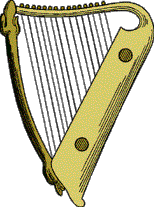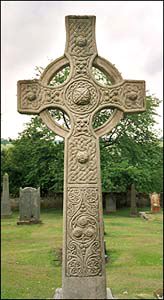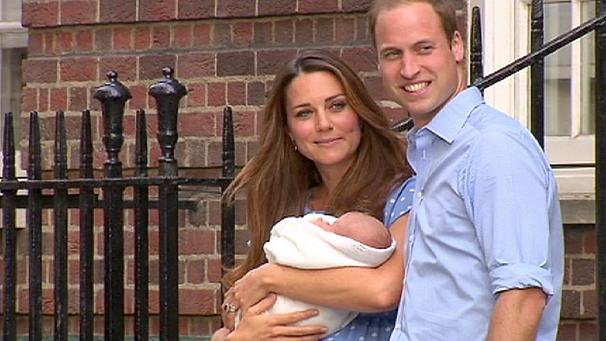When is St. George's Day?
St George's Day is celebrated in England on 23 April, in honour of St George, the patron saint of England.
What does the flag of St George look like?

This is the flag of St George is also the flag of England.
Who was St George?
A story of the 6th century tells that St George rescued a maiden by killing a fearsome fire-breathing dragon. St George was a brave Roman soldier who protested against the Romans' torture of Christians and died for his beliefs.Saint George is popularly identified with England ideals of honour, bravery and gallantry. The popularity of St George in England stems from the time of the early Crusades when it is said that the Normans saw him in a vision and were victorious. The Saint's name was shouted as a battle cry by English knights who fought beneath the red-cross banner of St George during the Hundred Years War (1338-1453).St. George was born in Cappadocia (now Eastern Turkey) in the year A.D. 270. He was a Christian. At the age of seventeen he joined the Roman army and soon became renowned for his bravery. He served under a pagan Emperor but never forgot his Christian faith.
When the pagan Emperor Diocletian started persecuting Christians, St. George pleaded with the Emperor to spare their lives. However, St. George's pleas fell on deaf ears and it is thought that the Emperor Diocletian tried to make St. George deny his faith in Christ, by torturing him. St George showed incredible courage and faith and was finally beheaded near Lydda in Palestine on 23 April, 303.
In 1222, the Council of Oxford declared April 23 to be St George’s Day.
St George is patron saint not only of England but also of Aragon, Catalonia, Ethiopia, Georgia, Greece, Lithuania, Palestine, Portugal, and Russia, as well as the cities of Ferrara, Genova and Moscow.
St George is also patron saint of scouts, soldiers, archers, cavalry and farmers.
What is the national emblem of England?
 The national emblem and national flower of England is a red rose.
The national emblem and national flower of England is a red rose.
The flower has been adopted as England’s emblem since the time of the Wars of the Roses - civil wars (1455-1485) between the royal house of Lancaster (whose emblem was a red rose) and the royal house of York (whose emblem was a white rose).












